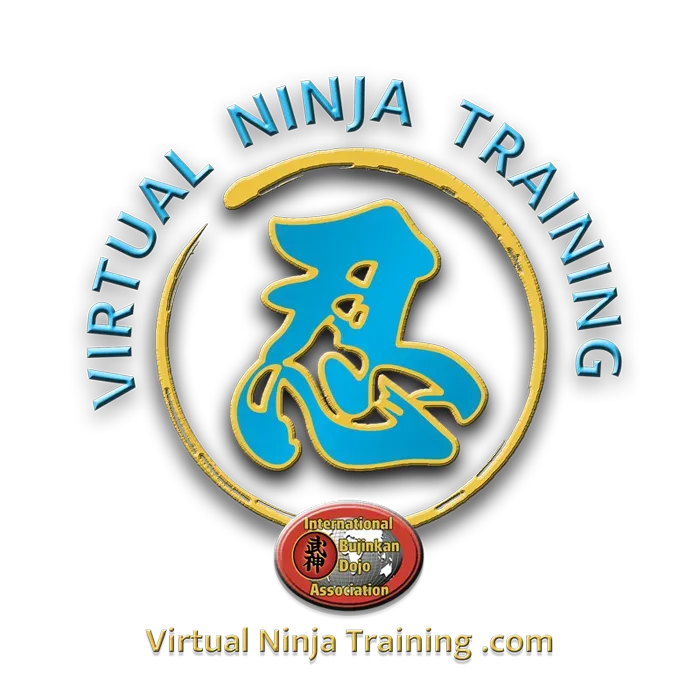The Art - Bujinkan Ninpo (Budo) Taijutsu
Bujinkan Ninpo (Budo) Taijutsu was created by joining 9 schools (ryu) together. This was done by Dr. Masaaki Hatsumi of Chiba, Japan. In the early 70’s Dr. Hatsumi received the 9 schools to become the new Head of Family (Soke) from his teacher Toshitsugu Takamatsu.
Throughout the decades Hatsumi Sensei (teacher) refined the way he taught the art. In what to teach and in how to teach. Even after this process nothing of the original art has been omitted, only refined.
Each of the 9 school teaches something different:
Gyokko Ryu (about the 600s) teaches you to learn to use your “weaknesses” to become your strength. It was designed so someone who may be at a disadvantage will be able to overcome. A great art for children, elderly, and people of smaller stature. You will learn striking, circular movements, weapon evasion, and fundamentals.
Shinden Fudo Ryu (1100s) teaches you to move natural. The strikes are powerful and uses your bodyweight to create power. Even though it is a striking art it also has a feeling of flow like jujutsu or aikido.
Takagi Yoshin Ryu (1600s) teaches jujutsu; joint locks, throws, falls, and grappling. It teaches you to move, to bend, to adapt so that you do not break. This school came before, and influenced, the modern styles of jujutsu, judo, and even aikido.
Koto Ryu (1500s) is a family school to Gyokko Ryu. Where Gyokko teaches one half, Koto will teach you the other half. Koto teaches you balance and to unbalance. Also, striking, jump kicks, and weapon evasion. This school asks you to sense an attack and step into it before it comes to you. It is an aggressive direct school.
Kukishinden Ryu (1100s) teaches (dakentaijutsu) striking, joint locks, throws, and weaponry (hikenjutsu). This art was used by the military on land and on water. Due to this it is an art that is studied with caution.
Togakure Ryu (1100s) teaches ninjutsu (endurance techniques): concealment, climbing, camouflage, hiding, stealth, endurance, and the tools of the trade. Also, unarmed combat and weaponry. This school is our oldest in the art of ninjutsu.
The other 3 schools are taught briefly. They are schools of advance study, and much do not have techniques (waza).
Gikan Ryu (1500s) takes elements of Koto Ryu.
Gyokushin Ryu teaches ninjutsu as well as throws and sacrifice throws (falling throws). The school prefers to use the tools of ninjutsu to evade a fight, more than to fight.
Kumogakure Ryu (1500s) only teaches ninjutsu. It has no unarmed combat. It teaches to avoid conflict by staying out of sight.
Bujinkan has used the sub-title of Ninpo Taijutsu and Budo Taijutsu, both are the same art. Ninpo Taijutsu expresses what you will study from white belt to black belt. Budo Taijutsu expresses the 9 schools in which we study.
The Tenchijin is a manual of study that is still used today. It teaches the fundamentals of the art. This manual is actually 3 manuals – Ten (Heaven), Chi (Earth), Jin (Man).
Ten teaches rolls, falls, stances, strikes & kicks, basic kata, capturing methods, sword evasion (muto dori), and pressure points (kyusho).
Chi teaches throws, joint locks, and escapes.
Jin teaches techniques (waza) from the 6 schools and other methods.
